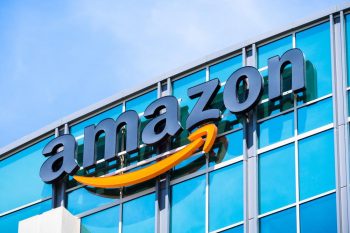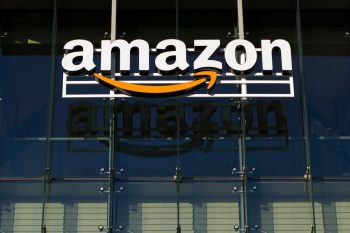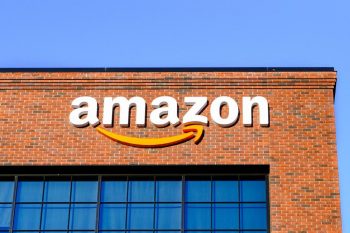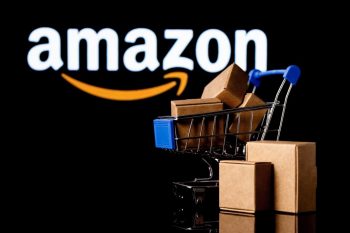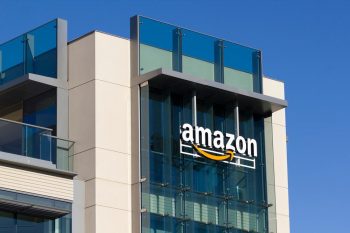
Amazon has built a reputation for fast and reliable delivery, making it a go-to choice for online shoppers. However, like any service, Amazon’s delivery reliability can vary due to various factors. In this comprehensive guide, we delve into the reliability of Amazon’s delivery service, exploring its performance compared to other retailers, factors contributing to its reliability, and how Amazon handles delivery issues.
Amazon’s delivery service is generally reliable, with an 89% satisfaction rate and an average delivery time of 1.9 days. The company uses advanced technology, a vast logistics network, and customer-focused policies to ensure timely and accurate deliveries. However, reliability can vary based on factors like geographical location and peak shopping seasons. In case of late or missed deliveries, Amazon offers refunds on shipping fees.
Amazon’s Delivery Reliability: A General Overview
Amazon directly handles 67% of its deliveries and is on track to become the largest U.S. package delivery service by early 2022. This doesn’t mean that Amazon’s delivery is flawless. Some customers have reported issues ranging from ambiguous package statuses to wrong items being shipped. However, such issues could be limited to specific areas or temporary fluctuations.
Factors Contributing to Amazon’s Delivery Reliability
Several factors contribute to Amazon’s delivery reliability. These include its in-house logistics network, advanced technology, fulfillment centers and delivery stations, continuous-flow process, carrier partnerships, and the Amazon Prime program. Amazon’s commitment to operational excellence and long-term thinking also plays a significant role in ensuring a reliable delivery experience for customers.
Comparison with Other Online Retailers
In terms of delivery reliability, Amazon outperforms many of its competitors. According to a survey by Which.co.uk, Amazon was voted the most reliable delivery company with an 89% satisfaction rate. In comparison, other companies like Royal Mail, DPD, and FedEx have lower satisfaction rates. Amazon’s average delivery time from click to door is only 3.4 days, faster than competitors like Costco, Best Buy, Target, and Walmart.
Measures Taken by Amazon to Ensure Timely and Accurate Deliveries
Amazon uses a range of strategies to ensure timely and accurate deliveries. These include the On-Time Delivery Score, advanced logistics software, fulfillment centers and delivery stations, same-day delivery network, performance metrics monitoring, and the use of AI and forecasting. All these measures aim to provide accurate delivery estimates, track shipments in real-time, and proactively communicate with customers regarding their orders.
Geographical Areas and Amazon’s Delivery Reliability
The reliability of Amazon’s delivery service can vary depending on geographical areas. Amazon has divided the United States into eight interconnected regions serving smaller geographic areas. This helps improve delivery efficiency and reduce shipping times. However, there are some geographical locations in the U.S. where Amazon faces shipping restrictions, preventing them from delivering certain products to those areas.
How Amazon Handles Late or Missed Deliveries
Amazon offers refunds on shipping fees if they miss the promised delivery date. Customers who cannot find a package marked as delivered can follow steps to locate the missing package. If a package is at least 24 hours late, customers can contact Amazon customer service within 30 days of the estimated delivery date to initiate the refund process.
Evolution of Amazon’s Delivery Reliability
Amazon’s delivery reliability has improved significantly over the years. As of July 2023, Amazon orders were delivered in 1.9 days on average, down from 3.39 days in December 2017. Amazon has achieved quicker delivery times by dividing the country into smaller, easier-to-reach regions, using machine-learning technology to better predict buying trends, and growing its delivery network.
Real-Life Customer Experiences
There are several real-life customer experiences that highlight Amazon’s delivery reliability. Amazon’s Delivery Service Partner (DSP) program and Amazon Flex program are two examples of how Amazon has built a reliable delivery service.
Impact of Peak Seasons and Exceptional Circumstances on Amazon’s Delivery
During peak seasons or under exceptional circumstances, Amazon’s delivery reliability can be impacted. Amazon manages these situations by implementing mandatory extra time for workers during peak season, encouraging sellers to use Fulfilled by Merchant as a backup plan, expanding and adapting its delivery network to accommodate the increased demand, and collaborating with third-party logistics providers.
Comparing Online Retailers in Terms of Delivery Speed and Accuracy
Online retailers vary in terms of delivery speed and accuracy. Amazon leads in delivery speed, with packages reaching customers in 1.9 days on average. In terms of accuracy, inventory accuracy rates for stores are generally lower than those for distribution centers.
In conclusion, while there are factors that can affect the reliability of Amazon’s delivery service, Amazon has made significant strides to ensure that its delivery service is as reliable and efficient as possible. By leveraging advanced technology, expanding its logistics network, and putting customer satisfaction at the forefront of its operations, Amazon continues to set the standard for online delivery services.
Frequently Asked Questions
What is the Amazon Prime program and how does it contribute to Amazon’s delivery reliability?
The Amazon Prime program is a paid subscription service that offers numerous benefits to its members, including free two-day shipping on eligible items, same-day delivery in certain areas, and access to Prime Video and Prime Music. By prioritizing Prime orders and offering fast shipping times, Amazon enhances its delivery reliability for Prime members.
What is the Amazon Flex program?
Amazon Flex is a program that allows independent contractors to deliver packages for Amazon. This program gives Amazon flexibility in managing its delivery network and helps ensure timely deliveries, particularly during peak seasons.
What is the On-Time Delivery Score?
The On-Time Delivery Score is a metric used by Amazon to measure the performance of its delivery network. It calculates the percentage of orders that are delivered on or before the estimated delivery date, providing a clear measure of Amazon’s delivery reliability.
What is the Amazon’s Delivery Service Partner (DSP) program?
Amazon’s Delivery Service Partner (DSP) program is an initiative that lets entrepreneurs start their own local delivery networks. Through this program, Amazon can provide consistent delivery services across various regions, improving its overall delivery reliability.
How does Amazon use AI and forecasting in its delivery process?
Amazon uses AI and forecasting to predict buying trends, optimize inventory levels, and estimate delivery times. This technology helps Amazon manage its supply chain more effectively and ensure timely deliveries, thereby enhancing its delivery reliability.


